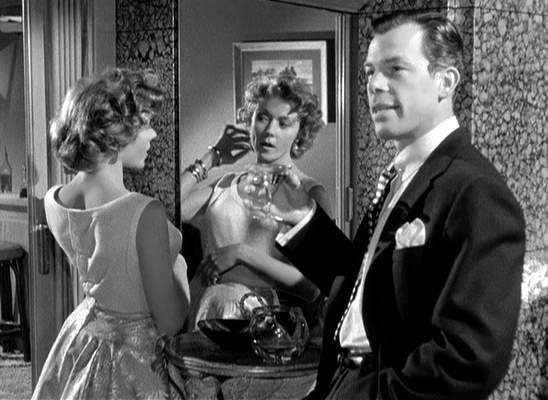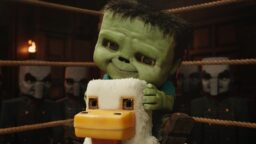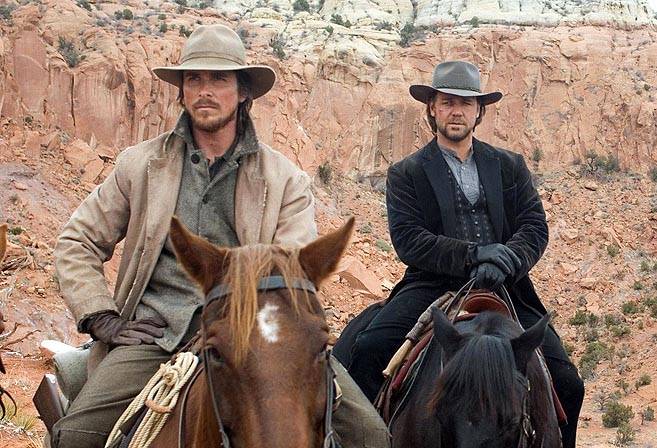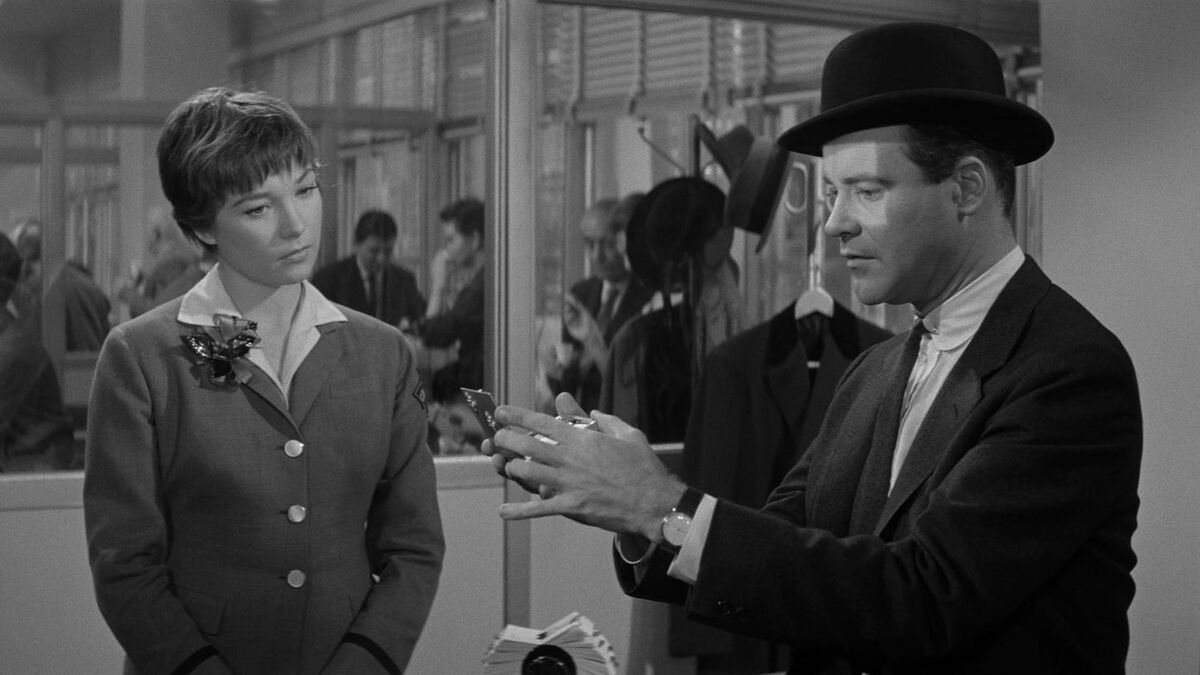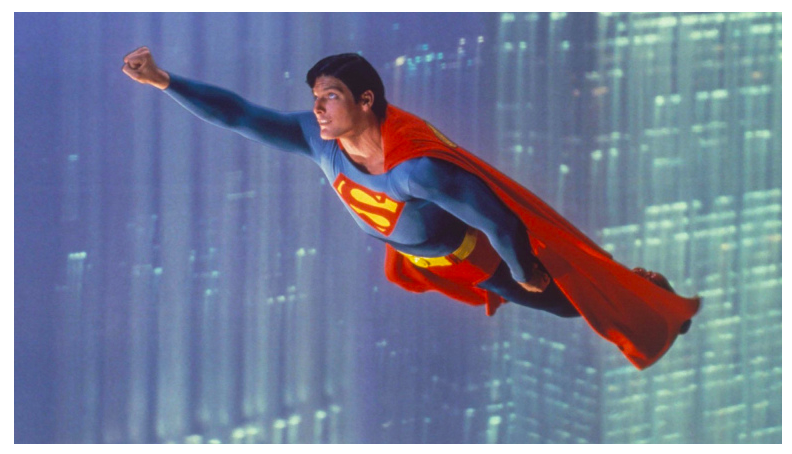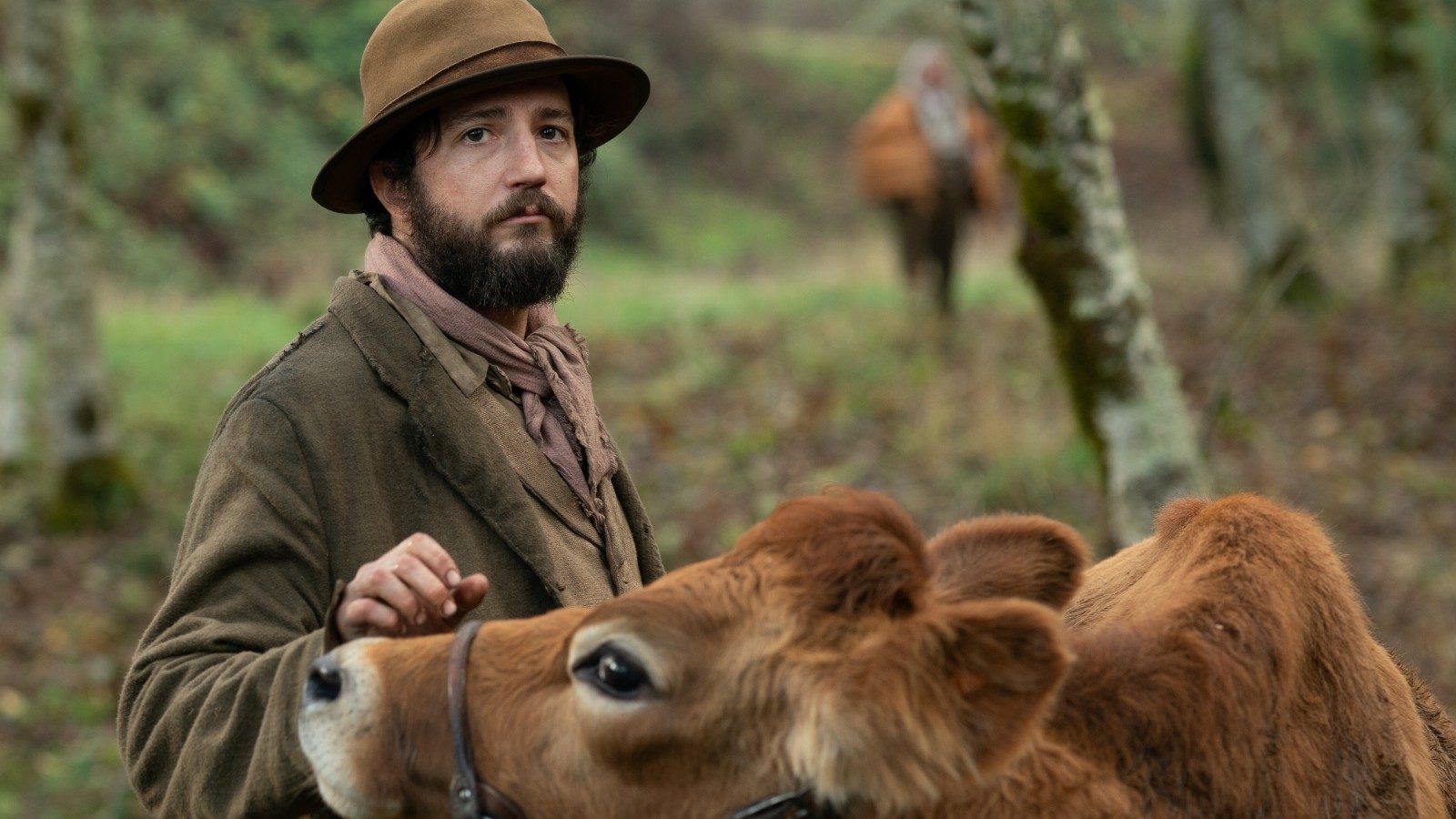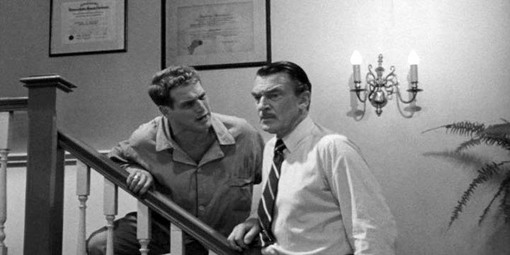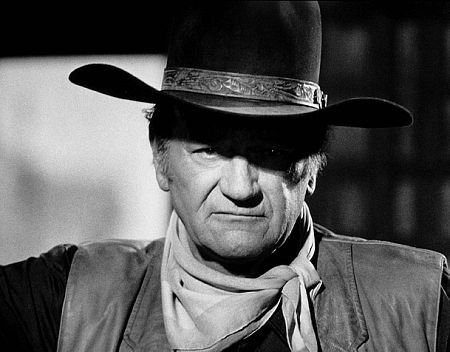Blog Posts That Mention Glenn Ford
High rollers and lowlifes
Jim Emerson
DVD/Blu-Ray Guide July 2025: “A Minecraft Movie,” “Final Destination: Bloodlines,” “The Legend of Ochi,” More
Brian Tallerico
Bright Wall/Dark Room October 2023: Killing Time: 3:10 to Yuma & the Lonesome West by Nicholas Russell
The Editors
Ten Christmas Movies You Need to Add to Your Holiday Viewing List
Donald Liebenson
60 Minutes on: Christopher Reeve as Superman
Matt Zoller Seitz
NYFF 2019: First Cow, Fire Will Come, Endless Night, Martin Eden
Scout Tafoya
Home Entertainment Consumer Guide: January 21, 2016
Brian Tallerico
Noir City, San Francisco: He watches by night…
Odie Henderson
Avatar, the French New Wave and themorality of deep-focus (in 3-D)
Jim Emerson
On “The Rack” with Paul Newman and Stewart Stern
Jeff Shannon
9 Acts in Durango with Peckinpah, Coburn, Kris, Dub and The Duke
Roger Ebert
Interview with Jerry Paris
Roger Ebert
Popular Reviews

The best movie reviews, in your inbox
